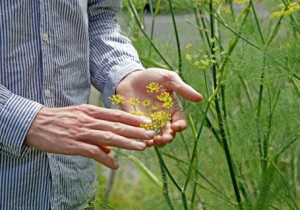 The story of the city is written not by the historians or the travel bureaus. It is written and told as its people interact with its places through the simplicity of everyday life. We construct the sounds and the sights of the city with our busking and street art; We give it personality by exchanging smiles, stealing kisses and slamming car horns; We draw the lines on the map through our paths to work… and so on. Our stories build the city, brick by brick, paragraph by paragraph.
The story of the city is written not by the historians or the travel bureaus. It is written and told as its people interact with its places through the simplicity of everyday life. We construct the sounds and the sights of the city with our busking and street art; We give it personality by exchanging smiles, stealing kisses and slamming car horns; We draw the lines on the map through our paths to work… and so on. Our stories build the city, brick by brick, paragraph by paragraph.
I am currently undertaking a four month residency at Berlin’s ZK/U – Centre for Art and Urbanistics – in the neighbourhood of Moabit. Here I will learn the stories that connect the people of Moabit to places that are meaningful to them in the simplest of ways. I will learn where people in Moabit go to cry, to laugh, to kiss, to shelter, to meet, to watch, to avoid.
During the residency at ZK/U, I will act as a Moabit ‘reverse tour guide’. I will invite Moabit residents to take me on tours to show how they connect with their neighbourhood, and what it is that they connect with. My tour guides will be the children, homeless people, architects, buskers, recent immigrants, teachers, the mayor, hipsters, hippies, and most other people too. These stories will be collated in a map of Moabit’s everyday.
This project acts simultaneously as a research project exploring how people connect with our place, the people around us, and our selves, as well as an opportunity for me to experiment with integrating her human ecology and sustainable community development skills and knowledge with my participatory arts practice.
My residency at ZK/U is funded by the Australia Council for the Arts.


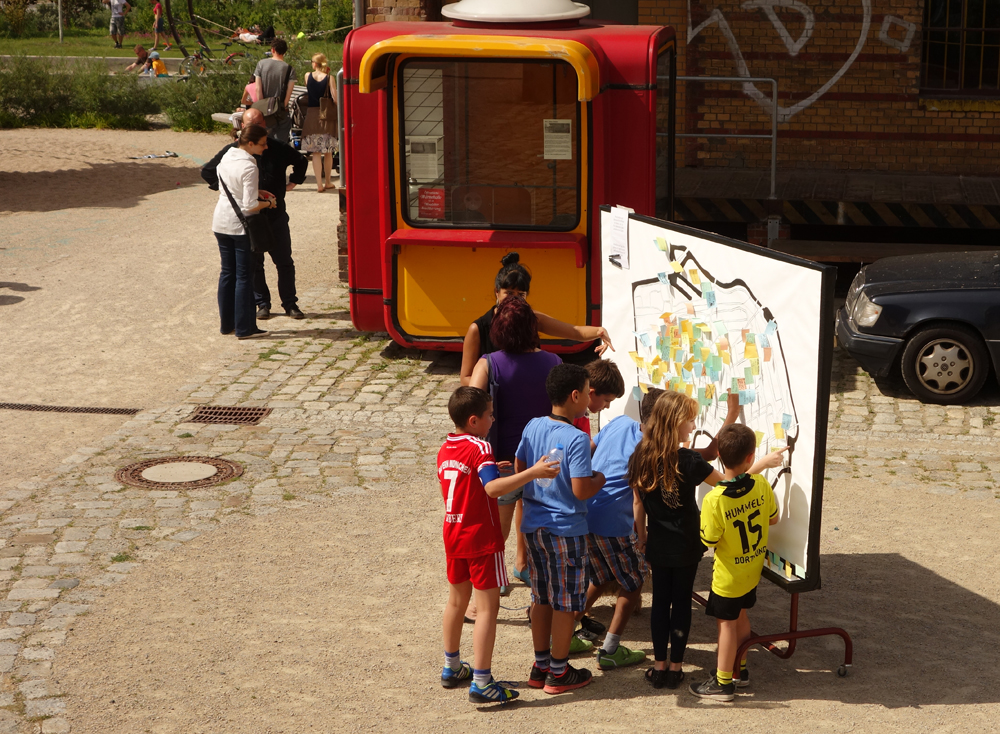
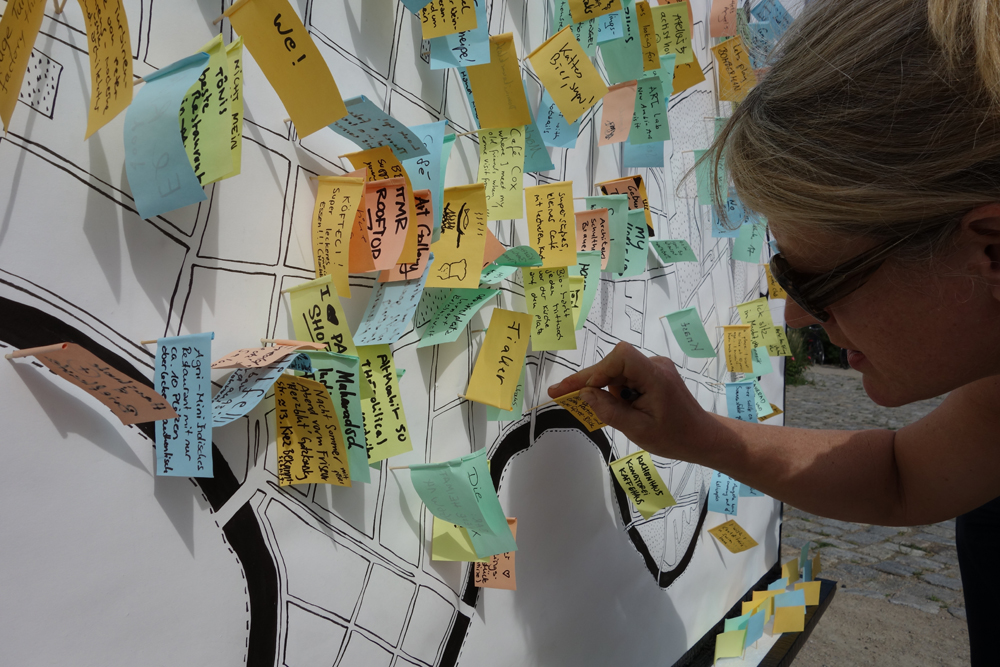
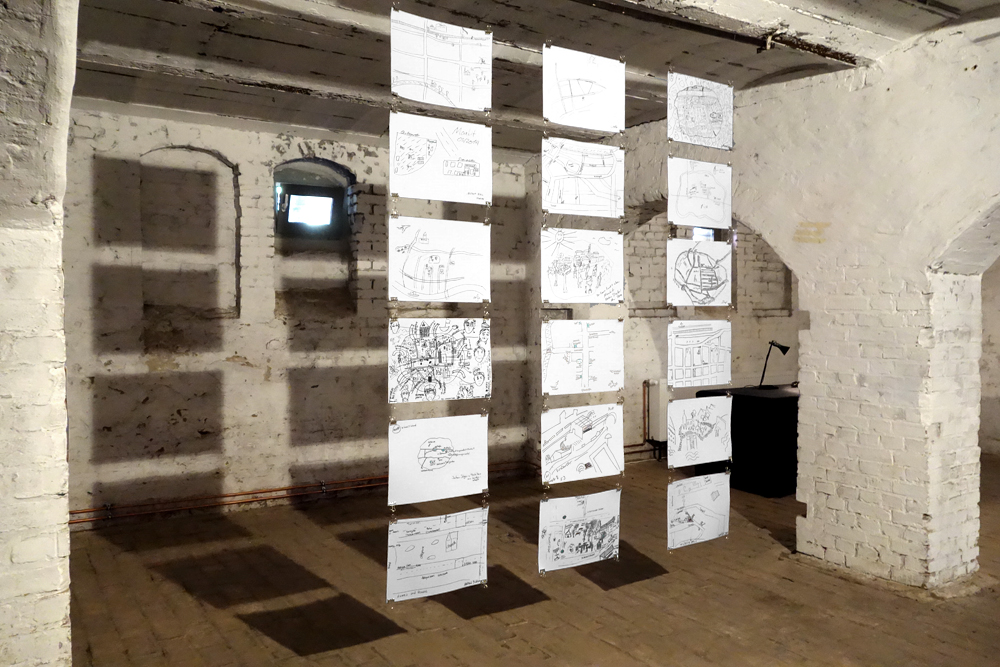

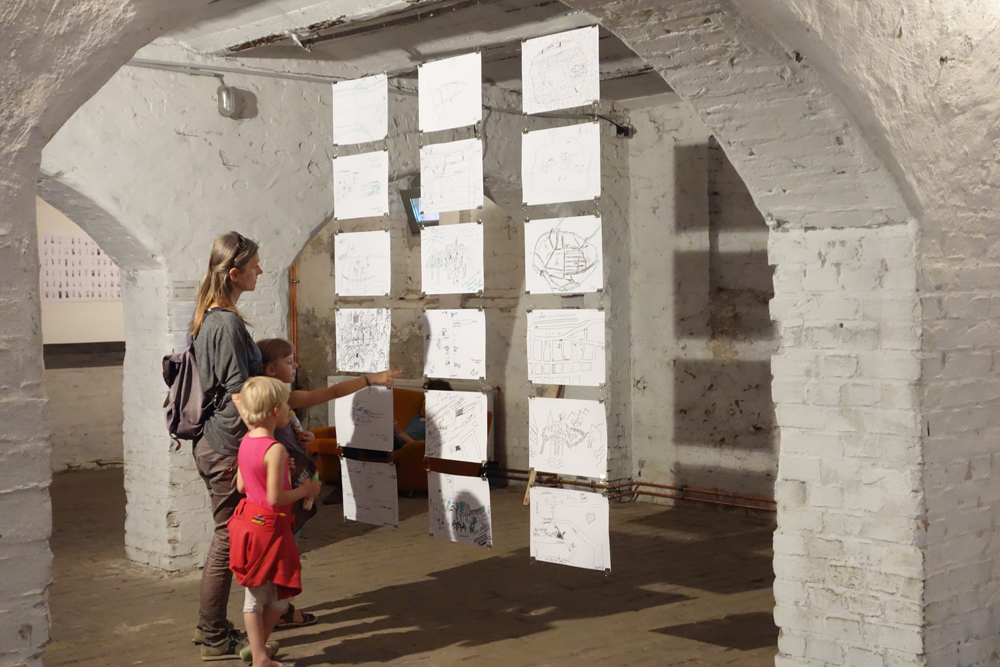
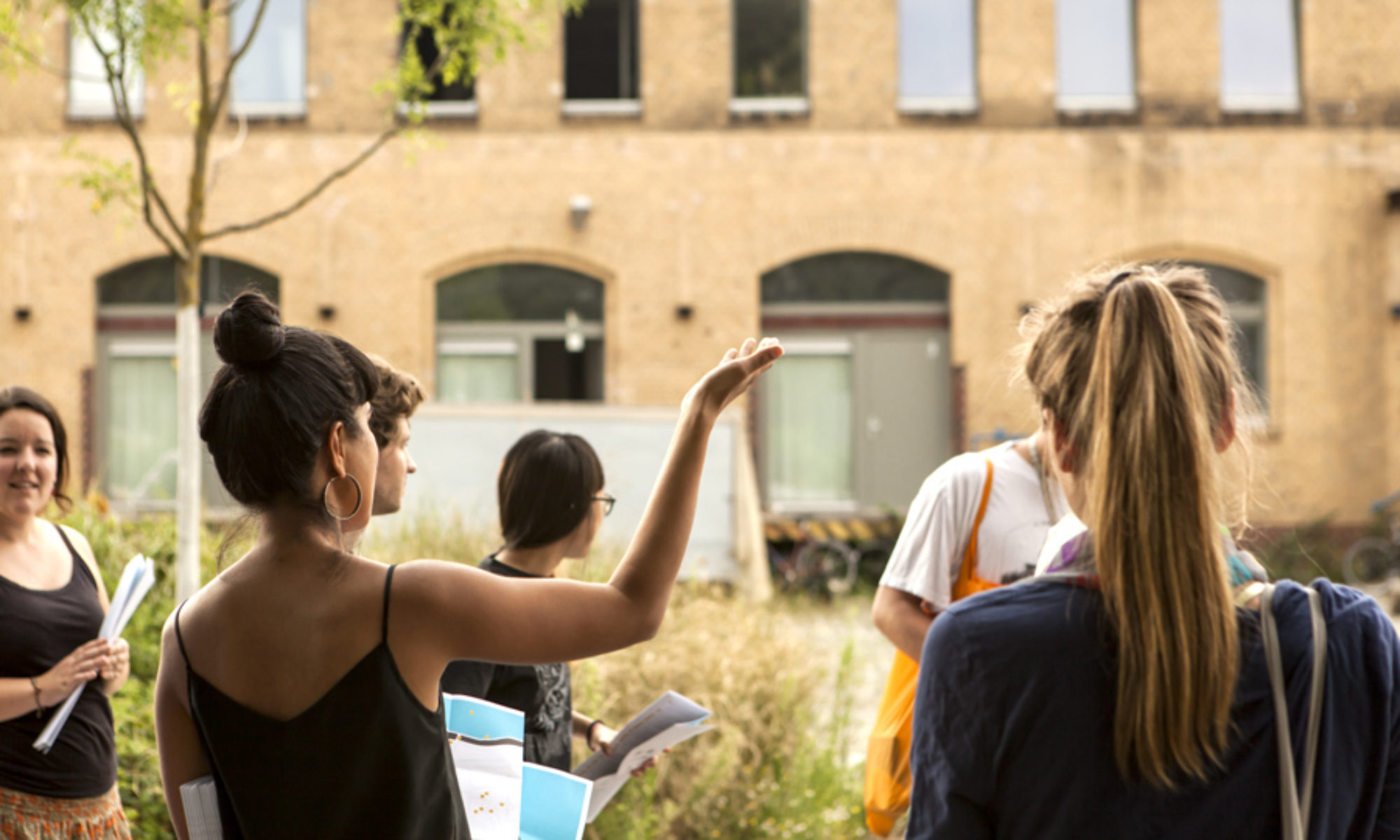
 The story of the city is written not by the historians or the travel bureaus. It is written and told as its people interact with its places through the simplicity of everyday life. We construct the sounds and the sights of the city with our busking and street art; We give it personality by exchanging smiles, stealing kisses and slamming car horns; We draw the lines on the map through our paths to work… and so on. Our stories build the city, brick by brick, paragraph by paragraph.
The story of the city is written not by the historians or the travel bureaus. It is written and told as its people interact with its places through the simplicity of everyday life. We construct the sounds and the sights of the city with our busking and street art; We give it personality by exchanging smiles, stealing kisses and slamming car horns; We draw the lines on the map through our paths to work… and so on. Our stories build the city, brick by brick, paragraph by paragraph. Two good newses.
Two good newses.